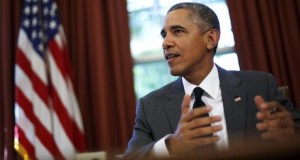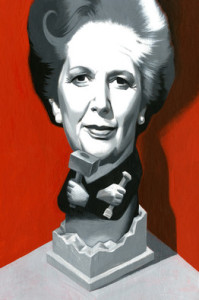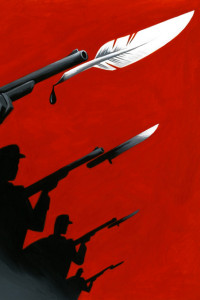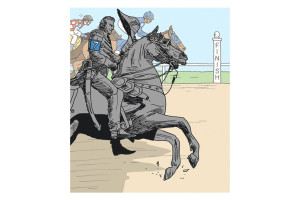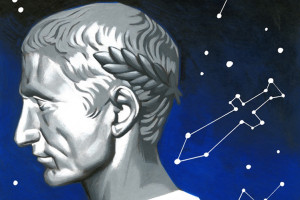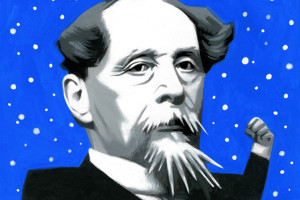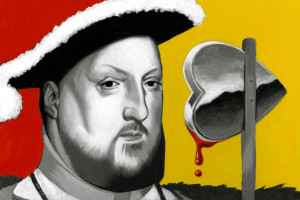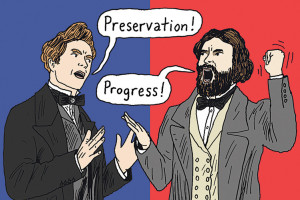President Barack Obama began his recent four-nation tour of Asia by having dinner with Prime Minister Shinzo Abe at Japan’s renowned sushi restaurant, Sukiyabashi Jiro.
The restaurant has three Michelin stars but only 10 seats and it can take years to get a reservation. The set meal consists of 20 exquisite sushi pieces, each personally cut by 88-year-old chef Jiro Ono. According to a witness, Obama decided he was finished after the 10th and put down his chopsticks.
There are three possible reasons why Obama stopped eating halfway through the meal. 1) The 44th president is severely allergic to raw fish. 2) Obama was frightened of pulling a George HW Bush and throwing up in Abe’s lap. 3) He was, well, kind of full, you know?
I have a strong suspicion that the answer is No 3. Obama has a political tin ear whenever he has to hobnob with foreigners — such as the time he bowed to the Japanese emperor in 2009 only to ruin the gesture by simultaneously shaking hands. Whether it was ignorance or arrogance or a combination of the two, the gaffe pandered directly to the stereotype of the “Ugly American”.






